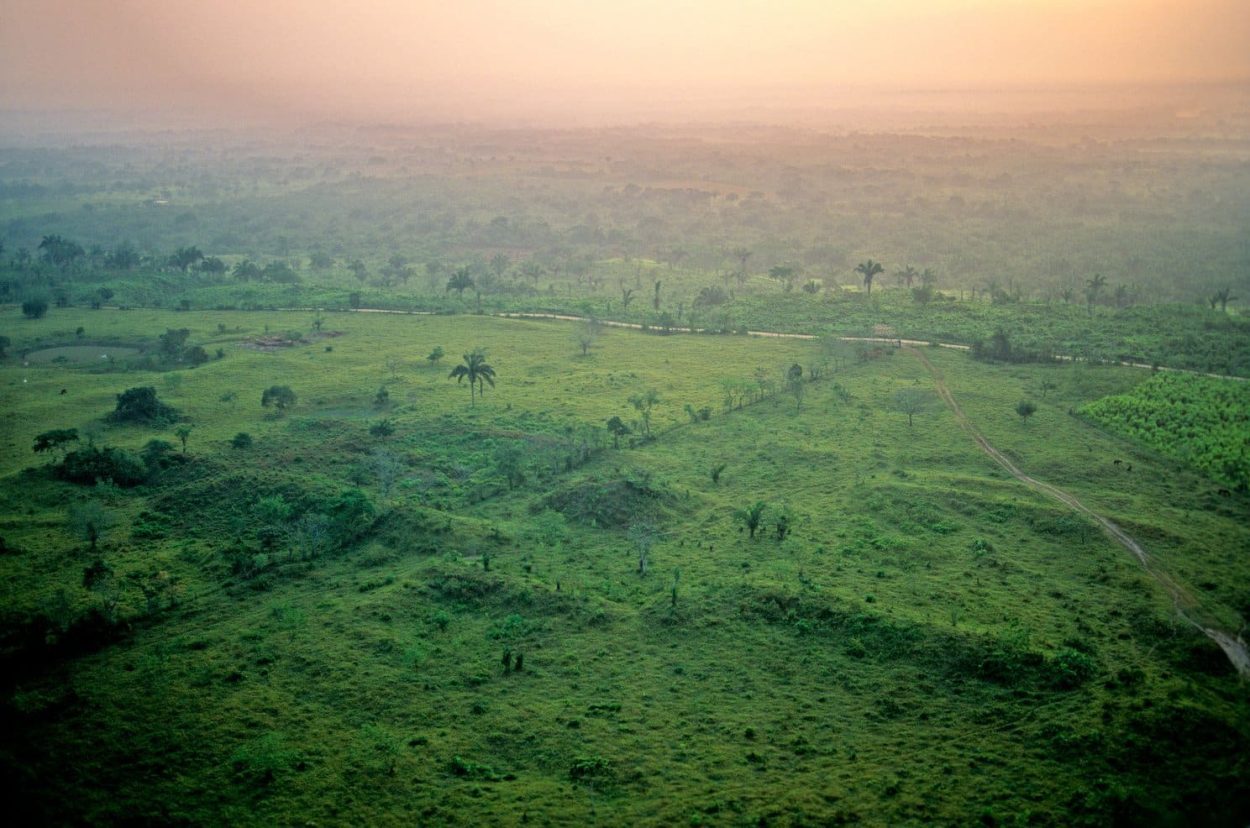In a paper published in the journal, Science Advances, researchers have applied archaeoastronomical studies to demonstrate how the civic and ceremonial buildings in Mesoamerica were largely oriented to sunrises or sunsets on specific dates from the Olmec and Maya regions
It is well documented that the Maya studied the Moon, planets, Milky Way, Sun, and many astronomical phenomena: for example, their estimate of the length of the synodic month and their calculation of the length of the tropical solar year.
Maya astronomy was naked-eye astronomy, based on the observations of the azimuths of the rising and setting of heavenly bodies. Previous studies have shown that city planning, and alignment was often arranged in line with astronomical paths and events.
Using aerial laser scanning (lidar) data, the team analysed the origins of ceremonial complexes along the southern Gulf Coast, including recently identified Formative sites dating to 1100 BC to AD 250. The researchers measured the orientations on a digital elevation model (DEM) derived from airborne laser scanning (lidar) data, using ArcGIS software and different types of visualisations.
While the directions of buildings may derive from a variety of orientation from other influences, such as geomorphology, climate, defensive concerns, or geomancy, a systematic archaeoastronomical study has revealed that architectural orientations have a non-random distribution orientated with the rising and setting of celestial bodies as reference points.
The distribution pattern of dates marked by solar alignments, indicate a subsistence-related ritual significance, in particular, complexes built between 1100 and 750 BC that show evidence of the use of the 260-day calendar, centuries earlier than previously thought.
Scholars have long suspected that Gulf Coast Olmec culture played an important role in the 260-day calendar across Mesoamerica, with its origins dating to the Middle Formative Olmec centre of La Venta between 800 and 400 BC, or earlier to the apogee of the Early Formative centre of San Lorenzo between 1400 and 1100 BC.
San Lorenzo, with its heyday between 1400 and 1100 BC, has a main plateau that is oriented to quarter-day sunrises, but its 20 edge platforms suggest that calendrical concepts based on the number 20 were already in place. Moreover, observing from the core area of San Lorenzo, the Sun at the December solstice sets behind Mt. Zempoaltépetl in Oaxaca, which is still a sacred and ritually important mountain for the local Mixe.
The analysis has found that a large number of orientations in southern Mesoamerica, which constitute the earliest evidence of the use of the Mesoamerican 260-day calendar dating to 1100 to 750 BC, demonstrates that a sophisticated astronomical knowledge of the Classic and Postclassic periods were underway nearly a millennium before it was first attested in epigraphic records.
https://doi.org/10.1126/sciadv.abq7675
Header Image – San Lorenzo – Image Credit : Alamy (Copyrighted)





